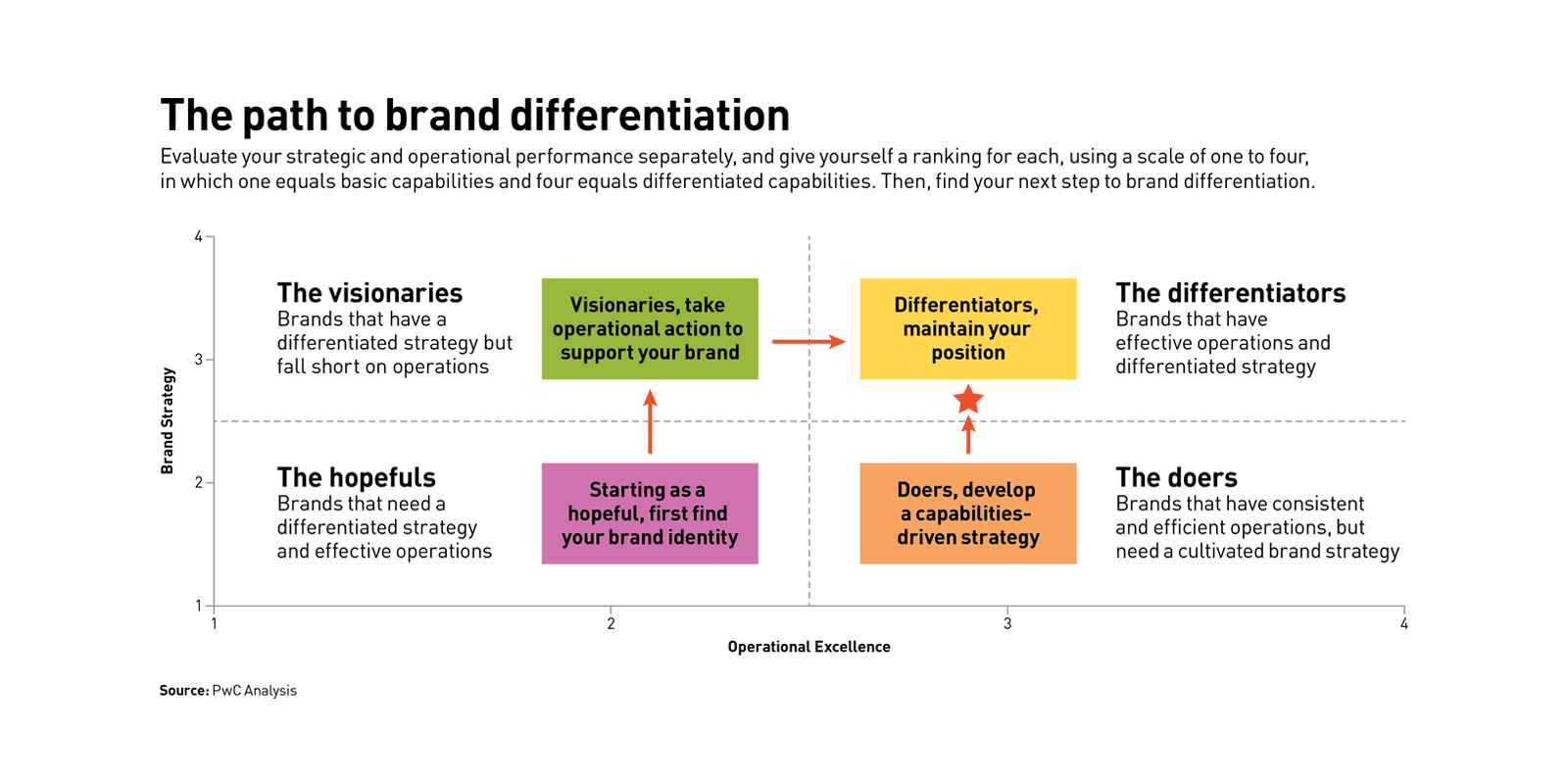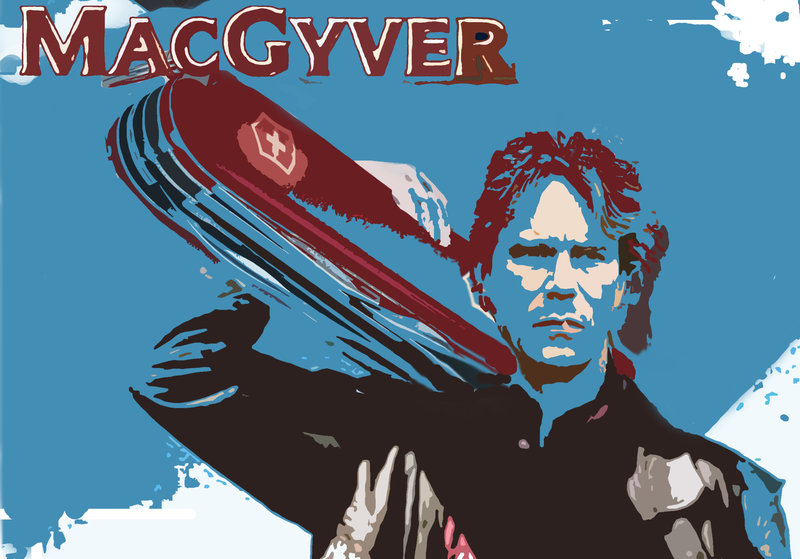"In a 2017 study, Raffaella Sadun (of Harvard Business School), Philippe Aghion (of Collège de France), Nicholas Bloom and Brian Lucking (of Stanford), and John Van Reenen (of MIT) examined how organizational structure affects a company’s ability to navigate downturns. On the one hand, “the need to make tough decisions may favor centralized firms,” the researchers write, because they have a better picture of the organization as a whole and their incentives are typically more closely aligned with company performance. On the other hand, decentralized firms may be better positioned to weather macro shocks “because the value of local information increases.”"Fiz logo a ponte para algo que li em "Seeing around corners" de Rita McGrath:
"Evidence of an emerging inflection point doesn’t present itself neatly on the conference table in the corporate boardroom. It is the people who are directly in contact with the phenomenon who usually notice changes early.E pensei nas empresas daqueles sectores que estão com evoluções negativas:
...
If snow melts from the edges, it behooves you to have mechanisms in place to see what is going on there.
...
A very common reason that leaders miss potentially important inflection points is that they are isolated from the people who could tell them what is really going on.
...
Snow melts from the edges. The changes that are going to fundamentally influence the future of your business are brewing on the periphery. To avoid being taken by surprise by an inflection point, you need to be exposed to what is happening at the edges.
The upheavals created by major strategic inflection points usually take quite some time to unfold. They are also not “complete” when you first see them. But if you are paying attention, you can begin to see the implications of their trajectory early on, when it is still possible to influence them."
Já têm alguma teoria sobre o que se está a passar?
Quem está na periferia onde a neve derrete primeiro?









/https%3A%2F%2Fwww.industryweek.com%2Fsites%2Findustryweek.com%2Ffiles%2FLiouz-chart-1.png)

















